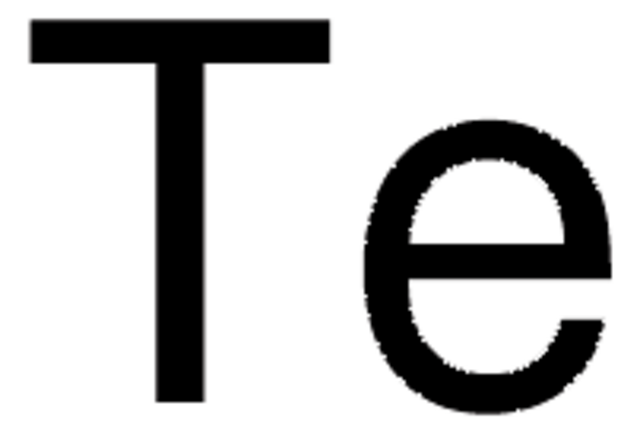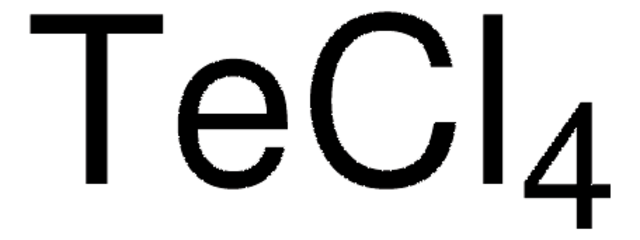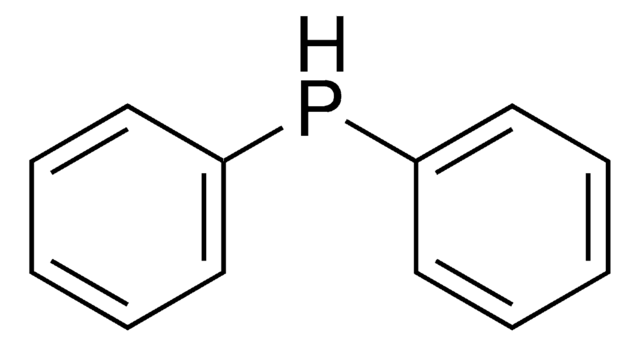452378
Tellurium
shot, ≤2 mm, 99.999% trace metals basis
Synonym(s):
Tellurium element
About This Item
Recommended Products
assay
99.999% trace metals basis
form
shot
resistivity
5.8-33 μΩ-cm, 20°C
particle size
≤2 mm
bp
990 °C (lit.)
mp
450 °C (lit.)
density
6.24 g/mL at 25 °C (lit.)
SMILES string
[Te]
InChI
1S/Te
InChI key
PORWMNRCUJJQNO-UHFFFAOYSA-N
Looking for similar products? Visit Product Comparison Guide
Other Notes
accessory
signalword
Danger
Hazard Classifications
Acute Tox. 4 Inhalation - Aquatic Chronic 4 - Lact. - Repr. 1B - Skin Sens. 1B
Storage Class
6.1D - Non-combustible acute toxic Cat.3 / toxic hazardous materials or hazardous materials causing chronic effects
wgk_germany
WGK 2
flash_point_f
Not applicable
flash_point_c
Not applicable
ppe
Eyeshields, Faceshields, Gloves, type P2 (EN 143) respirator cartridges
Choose from one of the most recent versions:
Already Own This Product?
Find documentation for the products that you have recently purchased in the Document Library.
Customers Also Viewed
Our team of scientists has experience in all areas of research including Life Science, Material Science, Chemical Synthesis, Chromatography, Analytical and many others.
Contact Technical Service






